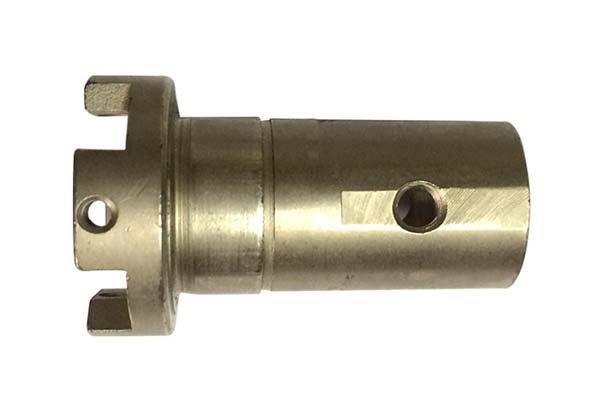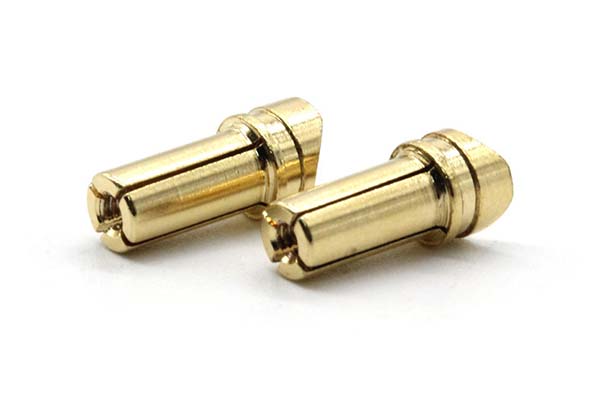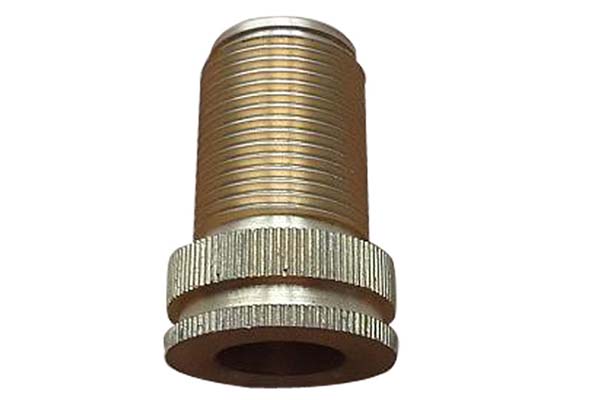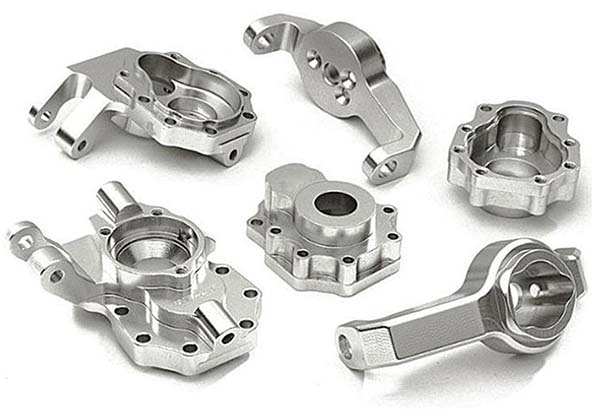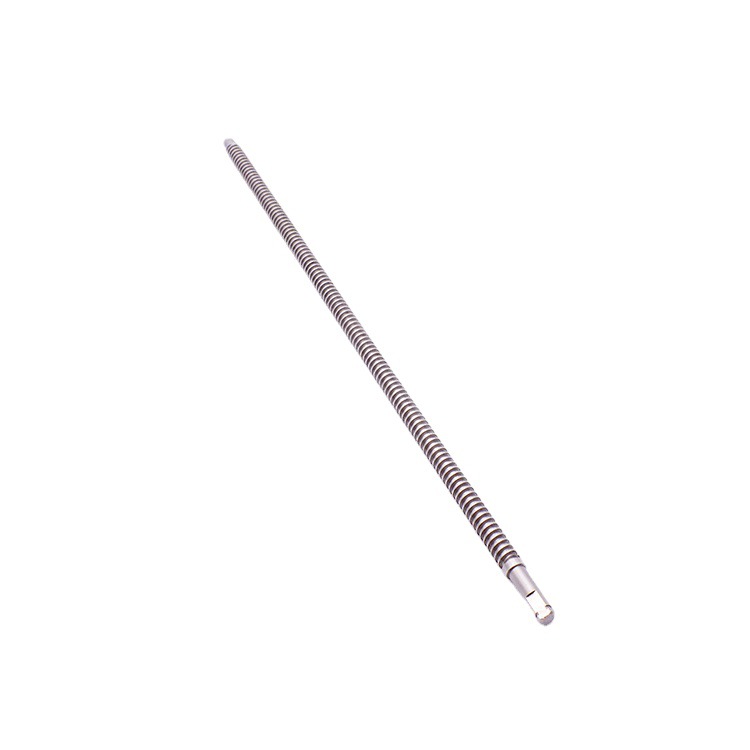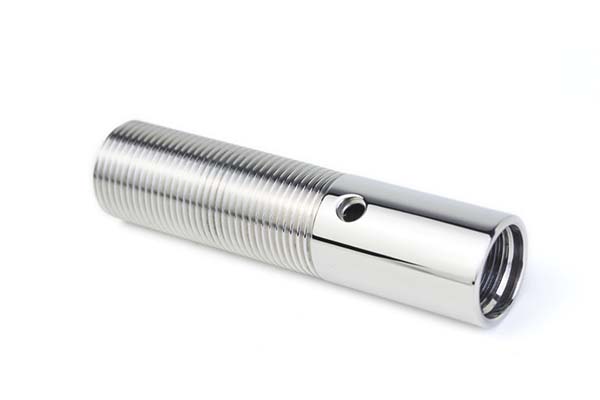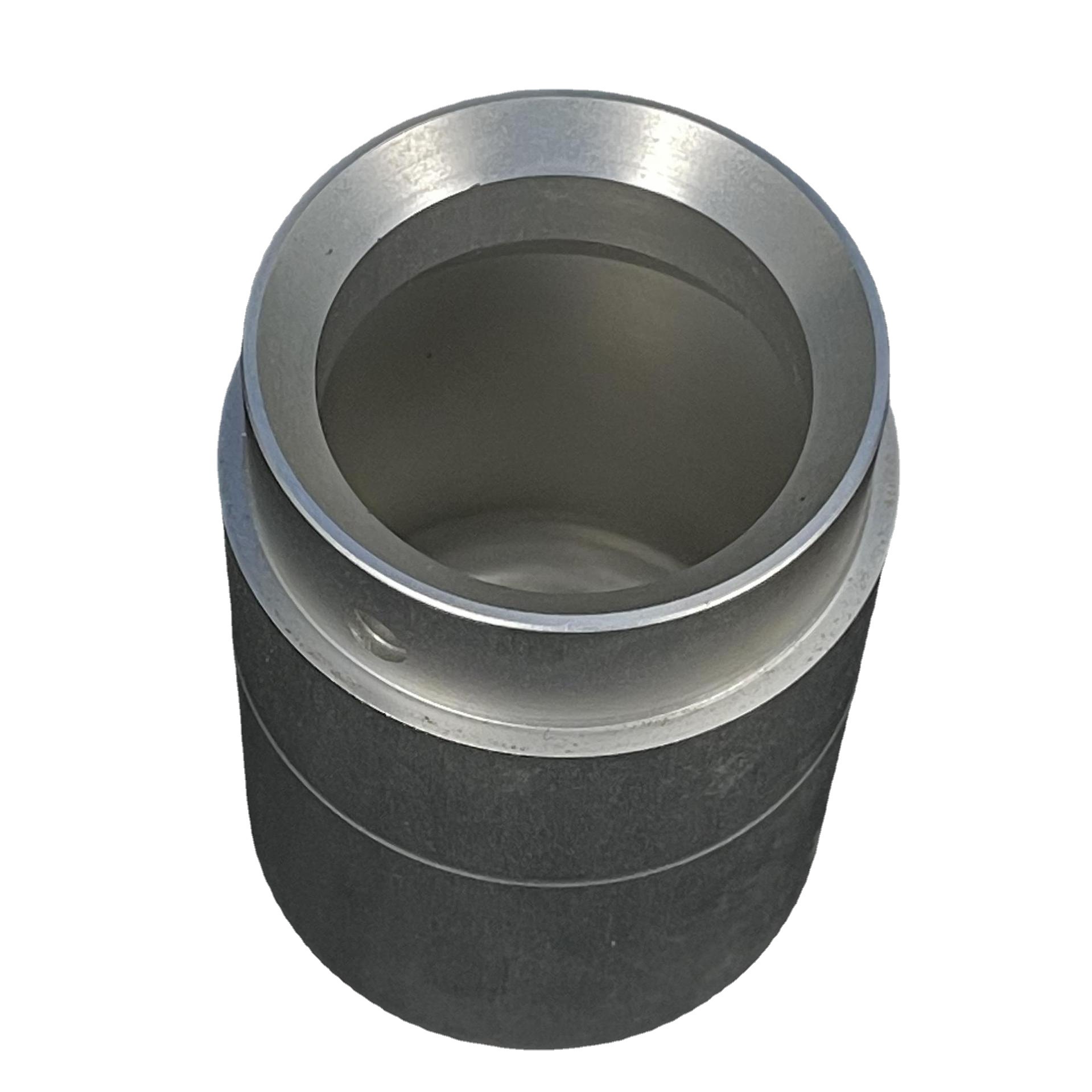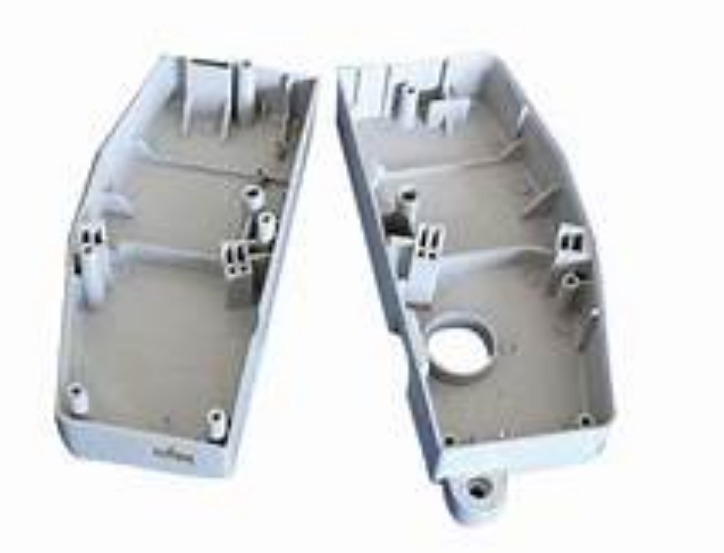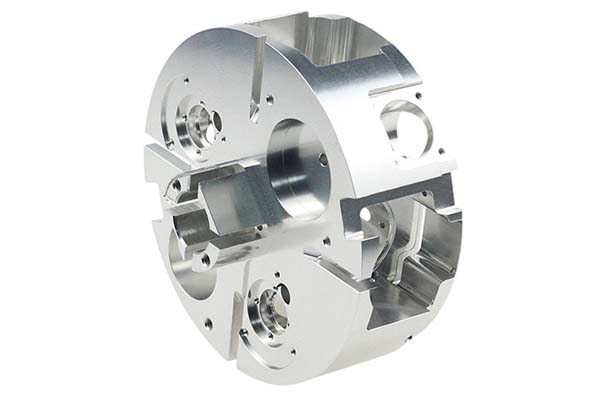Introduction
In the fast - paced world of modern manufacturing, advanced machining techniques have emerged as the cornerstone of innovation and progress. These techniques are not just a set of methods; they are the driving force that enables industries to create products with unprecedented quality, complexity, and precision.
Precision in machining is no longer a luxury but a necessity. In industries such as aerospace, where the slightest deviation in the manufacturing of a turbine blade can lead to catastrophic consequences, precision is non - negotiable. In the medical field, high - precision implants and surgical tools are crucial for patient safety and treatment effectiveness. For instance, in the production of micro - electronic components, a minuscule error in the machining process can render the entire product useless.
As manufacturing demands continue to grow in terms of both quality and quantity, understanding how advanced machining techniques define precision becomes increasingly important. This article delves deep into the world of advanced machining, exploring the various techniques, their impact on precision, and how they are revolutionizing modern manufacturing processes.
Understanding Machining Techniques
Manual Machining Basics
Manual machining is the traditional form of machining that has been around for centuries. It involves the direct operation of machining tools by a human operator. Equipment such as milling machines, lathes, and drill presses are manually controlled. The operator uses hand wheels, levers, and other mechanical controls to position the cutting tools and remove material from the workpiece.
This technique is highly dependent on the skill and experience of the operator. A skilled machinist can produce high - quality parts, but the process is relatively slow. Manual machining is often used for small - scale production runs, prototyping, or when working on simple geometric shapes. For Yigu Technology example, in a small - scale artisanal workshop that creates custom - made metal jewelry, manual machining techniques are employed. The jeweler can use a lathe to shape the metal into unique forms, and a milling machine to add intricate details. Since the production volume is low, the slow pace of manual machining is acceptable, and the hands - on control allows for a high level of creativity.
CNC Machining Revolution
Computer Numerical Control (CNC) machining has revolutionized the manufacturing industry. In CNC machining, a pre - programmed computer software dictates the movement of factory tools and machinery. This technology allows for the automation of machining processes. Instead of an operator directly controlling the machine, the CNC machine follows a set of instructions encoded in a G - code or M - code program.
CNC machining is highly suitable for large - scale production of complex parts. For instance, in the automotive industry, the production of engine blocks, which have complex internal and external geometries, is efficiently carried out using CNC machining. The high - precision requirements for engine blocks, such as tight tolerances in the cylinder bores, can be met consistently with CNC technology.
The advantages of CNC machining are numerous. In terms of production efficiency, CNC machines can operate continuously for long periods, reducing production times significantly compared to manual machining. A study by [Manufacturing Research Institute] found that for the production of a batch of 1000 identical parts, manual machining took an average of 500 hours, while CNC machining completed the task in just 100 hours.
Regarding precision, CNC machines can achieve tolerances as low as ±0.001 inches, far more accurate than what is typically achievable with manual machining. This high precision is crucial in industries like aerospace, where the slightest deviation can lead to catastrophic failures.
Precision in Machining: What It Means
Definition of Precision
Precision in machining refers to the ability to manufacture parts or components with extremely tight tolerances in terms of dimensions, shape, and surface quality. In terms of dimensions, it means that the actual size of the machined part is very close to the designed size. For Yigu Technology example, in the production of engine pistons, the diameter of the piston may be specified to be 80 ± 0.01 mm. Achieving this precision ensures that the piston fits perfectly within the engine cylinder, minimizing gaps that could lead to energy loss or engine inefficiency.
Regarding shape precision, it involves creating parts with exact geometric shapes as per the design. A turbine blade, for instance, must have a very specific aerodynamic shape. Deviations from this shape can disrupt the flow of air or gas through the turbine, reducing its efficiency and potentially causing mechanical failures.
Surface quality precision is also crucial. A smooth surface finish is often required in many applications. In medical implants, a rough surface can cause tissue irritation and rejection. High - precision machining techniques can achieve surface roughness values as low as Ra 0.01 μm (arithmetical mean deviation of the assessed profile), ensuring a smooth and biocompatible surface for implants.
Importance of Precision
High - precision machining is of utmost importance in several critical industries. In the aerospace industry, the components of an aircraft engine, such as turbine blades and compressor disks, are subjected to extreme temperatures, pressures, and rotational speeds. A study by [Aerospace Research Group] found that a deviation of just 0.05 mm in the thickness of a turbine blade can reduce its lifespan by up to 30% due to increased stress concentrations. High - precision machining ensures that these components can withstand these harsh conditions, enhancing the safety and reliability of aircraft.
In the medical equipment industry, precision is equally vital. For example, in the manufacturing of hip implants, the spherical head of the implant must have a very precise fit with the acetabular cup. Imprecise machining can lead to premature wear of the implant, causing pain and discomfort for the patient and potentially requiring revision surgeries. A research paper published in [Medical Engineering Journal] stated that high - precision machining of hip implants reduces the risk of implant failure within the first 5 years from 15% (for lower - precision implants) to 5% (for high - precision implants).
Precision machining also plays a significant role in the electronics industry. As electronic devices continue to shrink in size, the components within them, such as micro - chips and connectors, require extremely high - precision manufacturing. A misaligned or inaccurately sized micro - connector can lead to electrical connection failures in a smartphone or a computer, affecting the overall functionality of the device.
Advanced Machining Techniques for Precision
Five - Axis Machining
Five - axis machining is a revolutionary advancement in the field of machining. In a traditional three - axis machining process (X, Y, and Z axes), the workpiece is typically fixed in a single position, and the cutting tool moves along these three linear axes. However, five - axis machining adds two additional rotational axes (usually A and C or B and C), allowing for more complex movements.
The principle behind five - axis machining is that these five axes can move simultaneously, enabling the cutting tool to approach the workpiece from any angle. This multi - axis 联动 capability is what makes it possible to achieve high - precision machining of complex curved surfaces. For Yigu Technology example, in the aerospace industry, the manufacturing of turbine blades for aircraft engines requires extremely high precision. Turbine blades have complex aerodynamic shapes with curved surfaces that are critical for efficient energy conversion. With five - axis machining, the cutting tool can be precisely angled to follow the contours of the blade, achieving a high - quality finish and accurate dimensions.
A study comparing three - axis and five - axis machining for turbine blade production found that five - axis machining reduced the production time by 30% while improving the dimensional accuracy by 50%. The ability to complete the machining process in a single setup with five - axis machining also minimizes errors caused by multiple setups, which is common in three - axis machining.
Electro - Discharge Machining (EDM)
Electro - Discharge Machining (EDM) operates on a unique principle that sets it apart from traditional machining methods. EDM uses electrical discharges (sparks) to remove material from a workpiece. In an EDM setup, a tool electrode (usually made of graphite or copper) and the workpiece are placed in a dielectric fluid, such as deionized water or a special EDM oil.
When a high - voltage pulse is applied between the electrode and the workpiece, an electric field is established. Once the electric field strength exceeds the breakdown strength of the dielectric fluid, a spark discharge occurs. This spark 瞬间 generates extremely high temperatures, up to 10,000 °C, which melt and vaporize a small amount of the workpiece material. The dielectric fluid then flushes away the molten and vaporized material, creating a small crater on the workpiece surface. This process is repeated thousands of times per second, gradually eroding the workpiece into the desired shape.
EDM has several significant advantages, especially when dealing with high - hardness materials and complex - shaped parts. For materials like tungsten carbide, which is extremely hard and difficult to machine using traditional cutting tools, EDM can achieve precise machining. In the production of injection molds with intricate cavities and cores, EDM is often the preferred method. The following Yigu Technology table shows a comparison of EDM and traditional machining for a complex - shaped tungsten carbide part:
| Machining Method | Precision (mm) | Surface Finish (Ra, μm) | Time to Complete (hours) |
| Traditional Machining | ±0.1 | 1.6 | 20 |
| EDM | ±0.01 | 0.8 | 10 |
As seen in the table, EDM offers higher precision and a better surface finish in less time for this particular complex - shaped part. An example of a part produced using EDM is a micro - gear with fine teeth. The intricate shape of the gear teeth would be nearly impossible to achieve with traditional machining, but EDM can create the precise shape with high accuracy.
Ultra - Precision Machining
Ultra - precision machining is a class of machining processes that aim to achieve extremely high levels of precision, often in the nanometer range. The goal is to produce parts with dimensional accuracy, surface finish, and form accuracy that are far beyond what is achievable with conventional machining methods.
In ultra - precision machining, the focus is on minimizing errors in every aspect of the machining process. This includes using specialized equipment such as ultra - precision lathes, grinding machines, and polishing machines. For Yigu Technology example, in the production of optical lenses for high - end cameras and telescopes, ultra - precision machining is crucial. These lenses require surface roughness values in the nanometer range to ensure high - quality optical performance.
Ultra - precision machining also uses advanced techniques like diamond turning, where a single - crystal diamond tool is used to cut the workpiece with sub - micrometer precision. Another technique is precision grinding with ultra - fine abrasive wheels, which can achieve form accuracies of a few nanometers. The following are some of the special equipment and processes used in ultra - precision machining:
- Atomic Force Microscopy (AFM) - Assisted Machining: AFM is used to measure the surface topography of the workpiece at the nanoscale during machining. This real - time feedback allows for precise control of the machining process to achieve the desired surface finish and accuracy.
- Nanoparticle - Suspended Abrasive Polishing: In this process, abrasive polishing slurries containing nanoparticles are used. The nanoparticles can penetrate into the micro - defects on the workpiece surface, enabling more effective material removal and resulting in a smoother surface finish.
Comparing Precision in Different Machining Techniques
Table Comparison
The following Yigu Technology table provides a comprehensive comparison of different machining techniques in terms of precision, applicable materials, production efficiency, and other aspects:
| Machining Technique | Precision (Typical Tolerances) | Applicable Materials | Production Efficiency | Complexity of Shapes | Cost |
| Manual Machining | ±0.1 - 0.5 mm | Metals (e.g., steel, aluminum), plastics | Low, depends on operator skill | Limited to simple geometric shapes | Low initial equipment cost, high labor cost |
| CNC Machining | ±0.001 - 0.01 mm | Wide range of metals, plastics, composites | High, suitable for batch production | Can handle complex shapes | Medium - high equipment cost, lower labor cost per unit for large batches |
| Five - Axis Machining | ±0.001 - 0.005 mm | Metals (aerospace alloys, titanium), high - temperature alloys | High, especially for complex parts in single - setup | Ideal for complex curved surfaces | High equipment cost, skilled operators required |
| EDM | ±0.001 - 0.01 mm | High - hardness materials (tungsten carbide, hardened steel), conductive materials | Medium, slower for large - volume material removal | Excellent for complex internal and external shapes | Medium equipment cost, high electrode and dielectric fluid cost |
| Ultra - Precision Machining | ±0.0001 - 0.001 mm (nanometer range in some cases) | Optical glasses, single - crystal materials, precious metals | Low to medium, highly specialized | High - precision, micro - scale features | Very high equipment cost, highly skilled operators, long processing times |
Analysis of Comparison
- Precision: Ultra - precision machining stands out as the most precise, capable of achieving tolerances in the nanometer range, making it ideal for applications where extreme precision is non - negotiable, such as in the production of high - end optical components. Five - axis machining and EDM also offer high precision, with five - axis machining being excellent for complex 3D shapes and EDM for high - hardness and intricate parts. CNC machining provides a good balance of precision and versatility, suitable for a wide range of industrial applications. Manual machining, while the least precise in this comparison, still has its place in small - scale, low - tolerance production or prototyping.
- Applicable Materials: Manual and CNC machining can handle a wide variety of materials, but EDM is mainly limited to conductive materials, especially those that are very hard. Ultra - precision machining often deals with specialized materials like optical glasses and single - crystal materials.
- Production Efficiency: CNC machining and five - axis machining are highly efficient for batch production, especially when dealing with complex parts. EDM is less efficient for large - scale material removal but is irreplaceable for certain high - precision and high - hardness applications. Manual machining and ultra - precision machining are generally less efficient in terms of production volume due to their nature (manual operation and high - precision, slow - paced processes respectively).
- Cost: Ultra - precision machining and five - axis machining have high equipment and operational costs due to their advanced technology and the need for highly skilled operators. EDM also incurs costs for electrodes and dielectric fluids. Manual machining has a lower initial equipment cost but higher labor costs per unit, especially for small - scale production. CNC machining offers a more cost - effective solution for medium - to - large - scale production.
In summary, when choosing a machining technique, manufacturers need to consider the specific requirements of the product, such as precision, material, shape complexity, production volume, and cost. By understanding the capabilities and limitations of each machining technique, they can make an informed decision to optimize the manufacturing process.
Conclusion
Advanced machining techniques have redefined precision in modern manufacturing. From the revolutionary five - axis machining to the unique Electro - Discharge Machining and the ultra - precise ultra - precision machining, each technique offers distinct advantages in achieving high - precision results.
Precision in machining is not only about meeting tight tolerances but also about ensuring the quality, reliability, and functionality of the final products. In industries such as aerospace, medical, and electronics, the importance of precision cannot be overstated. High - precision components are the key to enhancing the performance, safety, and lifespan of products in these industries.
Choosing the right machining technique is crucial. Manufacturers Yigu Technology need to carefully consider factors such as the required precision, the type of materials, the complexity of the shapes, production efficiency, and cost. By making an informed decision, they can optimize the manufacturing process and produce high - quality products that meet market demands.
Despite the remarkable progress in advanced machining techniques, challenges remain. The continuous pursuit of higher precision requires ongoing research and development in areas such as equipment improvement, process optimization, and the development of new materials. For example, finding more efficient dielectric fluids for EDM or improving the durability of diamond tools in ultra - precision machining are areas that need further exploration.
FAQ
1. Which machining technique is best for high - hardness materials?
Electro - Discharge Machining (EDM) is an excellent choice for high - hardness materials such as tungsten carbide and hardened steel. Since EDM uses electrical discharges to remove material rather than traditional cutting methods, it can effectively machine materials that are difficult to cut with conventional tools.
2. How does five - axis machining improve precision compared to three - axis machining?
Five - axis machining adds two additional rotational axes to the traditional three - axis (X, Y, Z) setup. This allows the cutting tool to approach the workpiece from any angle. In contrast, three - axis machining has more limited tool - path options. With five - axis machining, complex curved surfaces can be machined with higher precision in a single setup, reducing errors associated with multiple setups as in three - axis machining.
3. Is ultra - precision machining suitable for large - scale production?
Ultra - precision machining is generally not as suitable for large - scale production as some other techniques like CNC machining. Ultra - precision machining often involves high - cost equipment, highly skilled operators, and long processing times. While it can achieve extremely high precision, the production efficiency is relatively low, making it more suitable for applications where extreme precision is non - negotiable and production volume is not a primary concern, such as in the production of high - end optical components.
